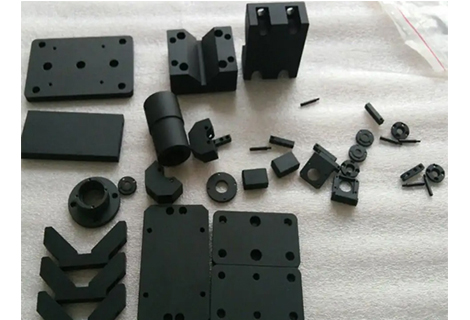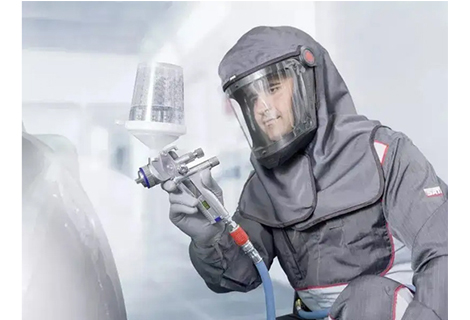Did you know that the oxide layer created when anodizing aluminum is almost as hard as a diamond, making it exceptionally resistant to abrasion? It also provides excellent corrosion resistance.
If you want to protect your aluminum part from a harsh environment or simply add a decorative finish, anodizing could be the answer. Richconn now offers this anodizing service for you as well.
Anodizing is an electrolytic passivation process used to strengthen the thickness of the oxide layer on the surface of metal parts. The process is also called anodizing because the part being treated forms the anode of an electrical circuit. At Richconn we anodize with sulfuric acid.
We think it makes sense to stay with the machining manufacturer you entrust with your on-demand manufacturing. We are in the best position to guide you through the entire process from the initial design of a part to the final anodizing. There is no need to search for another supplier and place a separate order.
First, ask yourself why you want to have the aluminum part anodized: for protection or for decorative purposes? The required thickness of the oxide layer depends on this - the thicker, the greater the protection.
Decorative layers must be 5 to 25 µm thick. The ISO 7599 standard must be complied with. For parts that are to be colored, we recommend a thickness of between 15 and 25 µm.
If a part is to be further protected against corrosion and abrasion, a hard anodizing according to ISO 10074 is required. This produces a layer 25 to 50 µm thick.
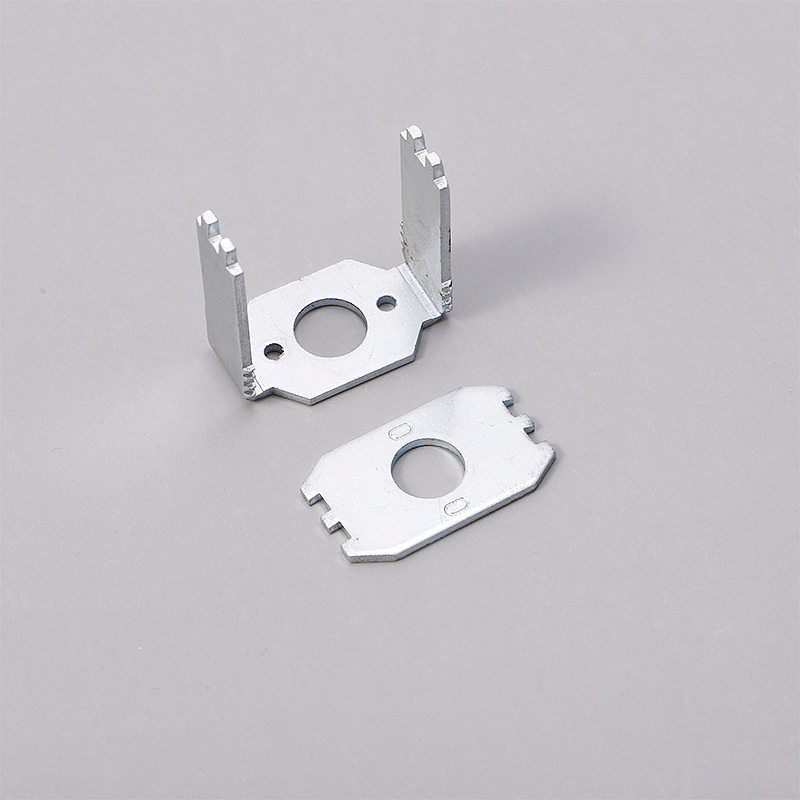
That depends in part on the component's end use. The most common alloys are those of type 6XXX.
At Richconn, we offer 6082, 7075 and 2024 alloys and find that 6082 is suitable for most applications. Both 7075 and aluminum 2024 require special process conditions. Both can be anodized if you inform us of your intentions in advance.
The anodizing will cover 99.9% of the surface. And the remaining 0.1%? Well, the process always requires at least one electrically conductive area that is excluded from the coating.
So you need to consider how the component will be attached or clamped. Clamping serves two functions: It provides electrical contact and it ensures that the part does not fall off during the process.
In most cases, the contact or clamping point can be selected on non-critical or decorative surfaces. It is often a tapped hole that provides good electrical contact. Much higher voltages are required for hard anodizing. A secure contact is essential, and sometimes we need to insert a threaded stud. If you work with us, we can determine the most appropriate location. Usually this is a concealed area so that contact marks can be better hidden.
There are several surface finishing available for aluminum parts. It always depends on the function of the anodizing. Chromating, for example, provides a protective film on aluminum and a first-class primer for paints or, as a stand-alone finish, better corrosion resistance. It also has the advantage of preserving the conductivity of the metal.
Working with us from inception to completion gives you the advantage of getting a clear picture of your design requirements and how the part will function in final use. This enables us to advise you not only on the design, but also on the protective effect of the surface finish and its impact on function.
If you need a hard aluminum part, anodizing is a good choice, but there are definitely alternatives. Let's discuss together what the options are and what to consider.
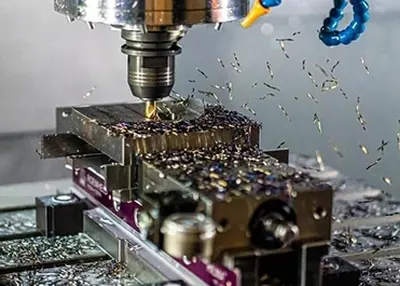 Crafting Precision: The Artistry Behind CNC Milling PartsSeptember 22, 2023A CNC milling machine consists of many different parts that each play an important role and work together to accomplish a variety of milling tasks.view
Crafting Precision: The Artistry Behind CNC Milling PartsSeptember 22, 2023A CNC milling machine consists of many different parts that each play an important role and work together to accomplish a variety of milling tasks.view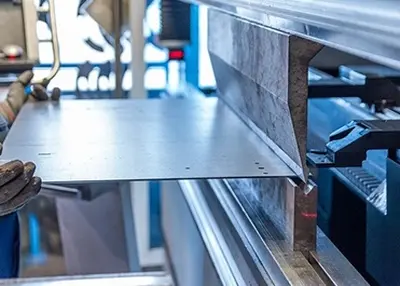 Sheet Metal Thickness Conversion Chart: Galvanized Steel, Stainless Steel, AluminumDecember 5, 2023In sheet metal work, the term "gauge" is frequently employed to specify thickness. Gauges are the units used to indicate the thickness of a metal sheet.view
Sheet Metal Thickness Conversion Chart: Galvanized Steel, Stainless Steel, AluminumDecember 5, 2023In sheet metal work, the term "gauge" is frequently employed to specify thickness. Gauges are the units used to indicate the thickness of a metal sheet.view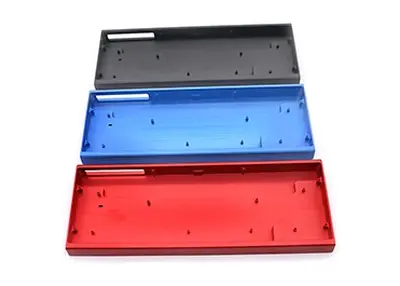 How to Go About Choosing an Aluminum Alloy Mechanical Keyboard Shell Processing Manufacturer?October 26, 2023For computer enthusiasts, the mechanical keyboard's metal texture and the sound of that mechanical equipment is a keyboard users a kind of enjoyment, mechanical keyboard bezel styling design is one of my favorite hardware configurations, especially glazed, computer typing is very indulgent.view
How to Go About Choosing an Aluminum Alloy Mechanical Keyboard Shell Processing Manufacturer?October 26, 2023For computer enthusiasts, the mechanical keyboard's metal texture and the sound of that mechanical equipment is a keyboard users a kind of enjoyment, mechanical keyboard bezel styling design is one of my favorite hardware configurations, especially glazed, computer typing is very indulgent.view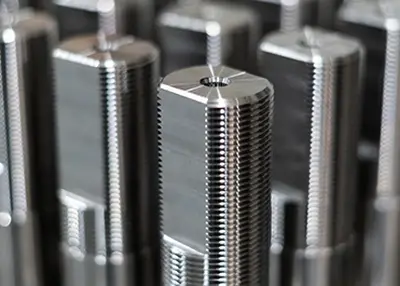 Why is Titanium Alloy a Difficult Material to Process?October 23, 2023Why do we think titanium alloy is a kind of difficult to machine material? Because of the lack of deep understanding of the processing mechanism and phenomena. However, the material characteristics of titanium alloys make it a challenge for many precision machine shop, and many engineers are searching for suitable solutions for this material. At Richconn, we have a wealth of experience in titanium CNC machining, choose our titanium CNC machining service, we can do it to your satisfaction.view
Why is Titanium Alloy a Difficult Material to Process?October 23, 2023Why do we think titanium alloy is a kind of difficult to machine material? Because of the lack of deep understanding of the processing mechanism and phenomena. However, the material characteristics of titanium alloys make it a challenge for many precision machine shop, and many engineers are searching for suitable solutions for this material. At Richconn, we have a wealth of experience in titanium CNC machining, choose our titanium CNC machining service, we can do it to your satisfaction.view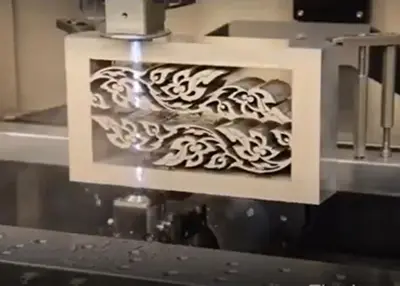 CNC Turning Process And Process AnalysisJune 21, 20221. The content of CNC turning processThe CNC turning process is the sum of the methods and technical means used when CNC lathes are used to process parts. Its main contents include the following aspec...view
CNC Turning Process And Process AnalysisJune 21, 20221. The content of CNC turning processThe CNC turning process is the sum of the methods and technical means used when CNC lathes are used to process parts. Its main contents include the following aspec...view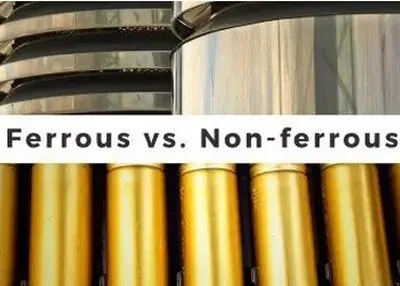 Ferrous vs Non-Ferrous Metals: A Comparison of Properties and ApplicationsDecember 4, 2023Metals are one of the most important materials in human history. They have been used for various purposes, such as tools, weapons, coins, jewelry, art, and construction. Metals can be classified into two main categories: ferrous and non-ferrous metals.view
Ferrous vs Non-Ferrous Metals: A Comparison of Properties and ApplicationsDecember 4, 2023Metals are one of the most important materials in human history. They have been used for various purposes, such as tools, weapons, coins, jewelry, art, and construction. Metals can be classified into two main categories: ferrous and non-ferrous metals.view
 EN
EN
 ru
ru 
